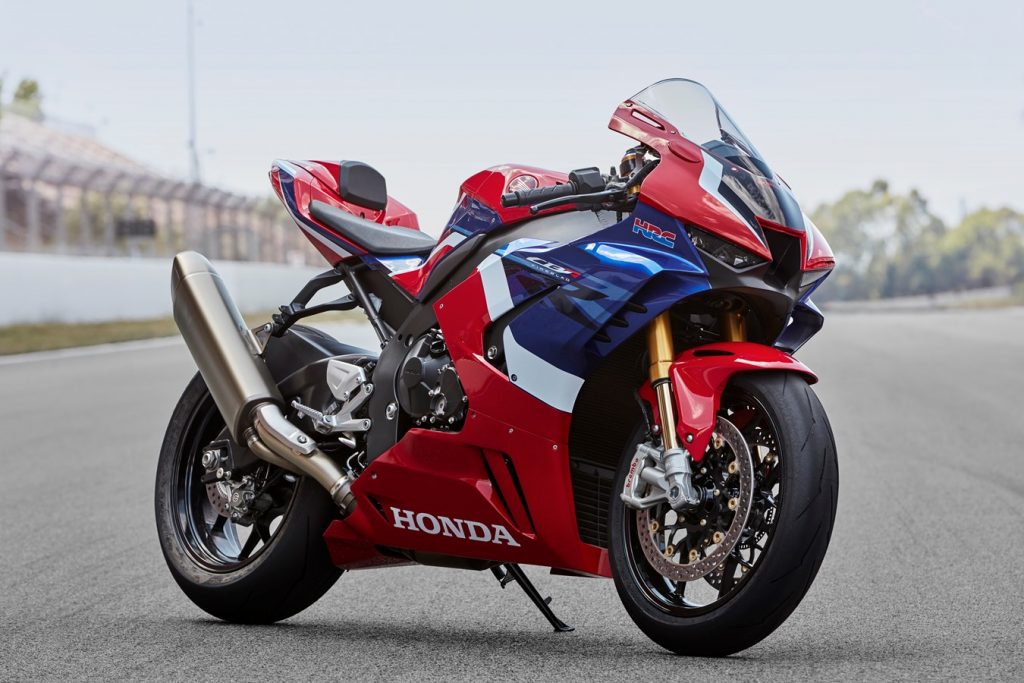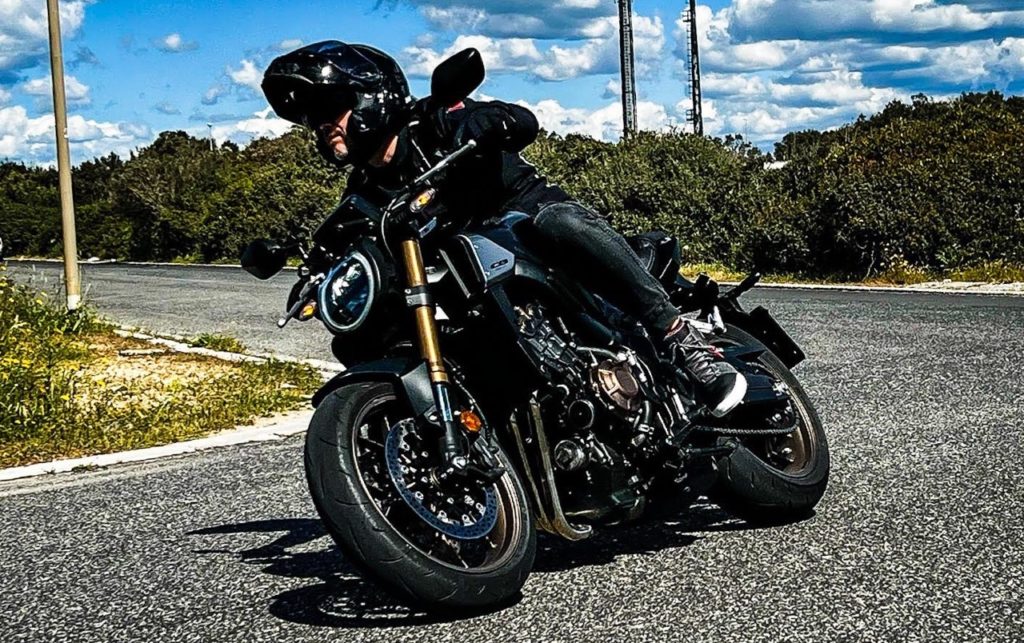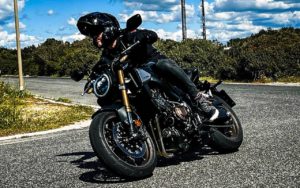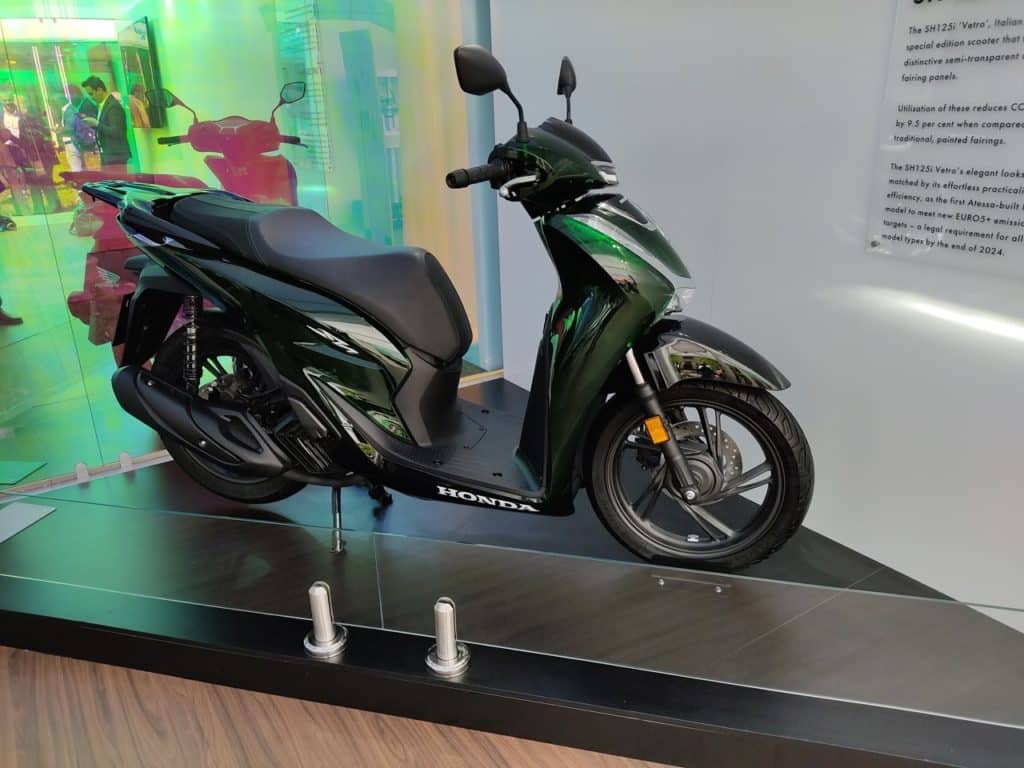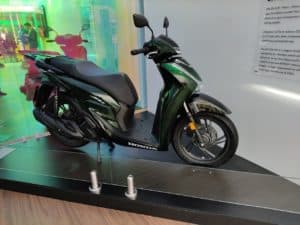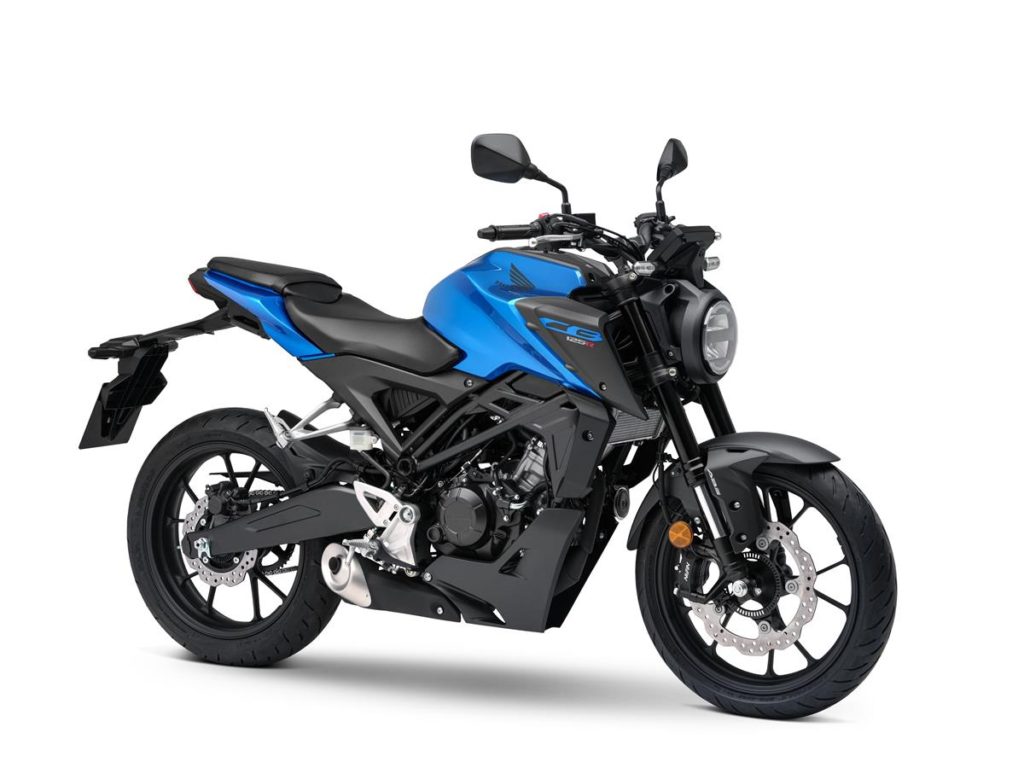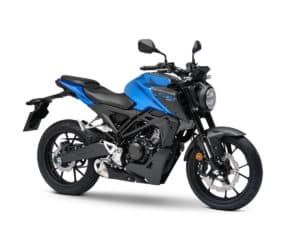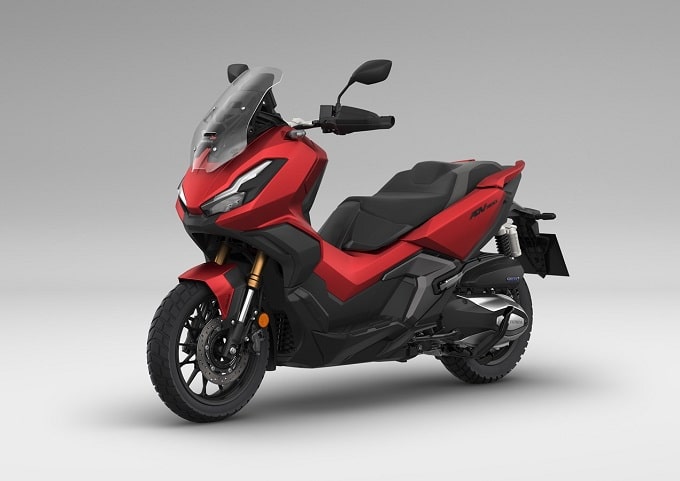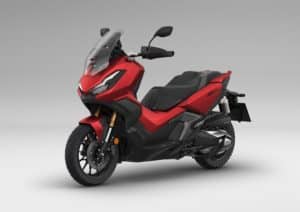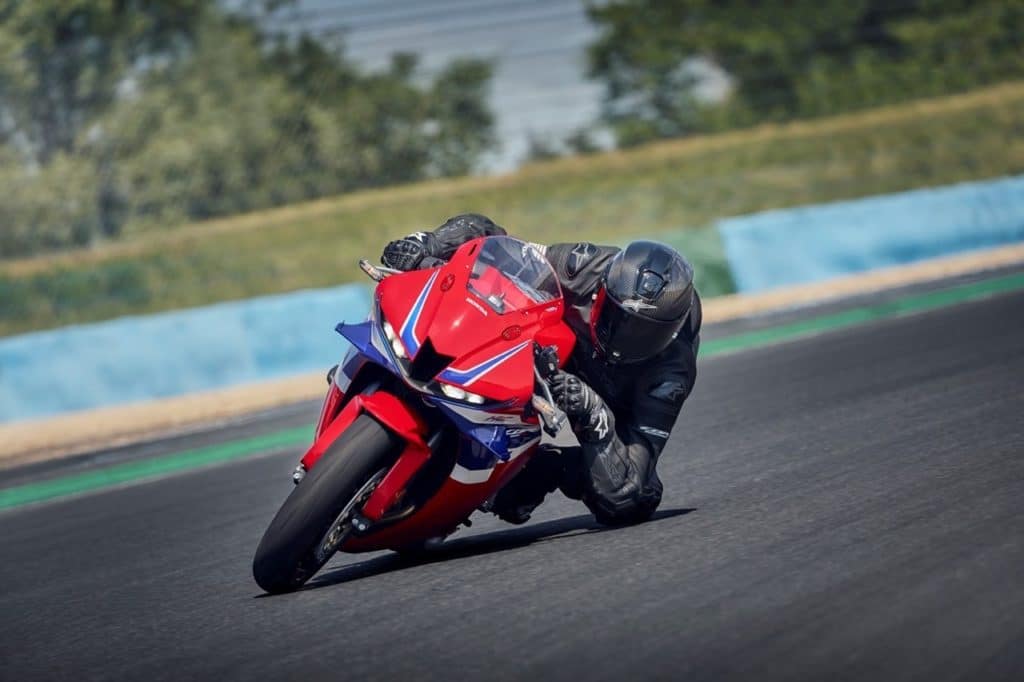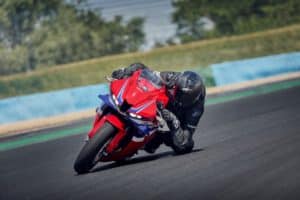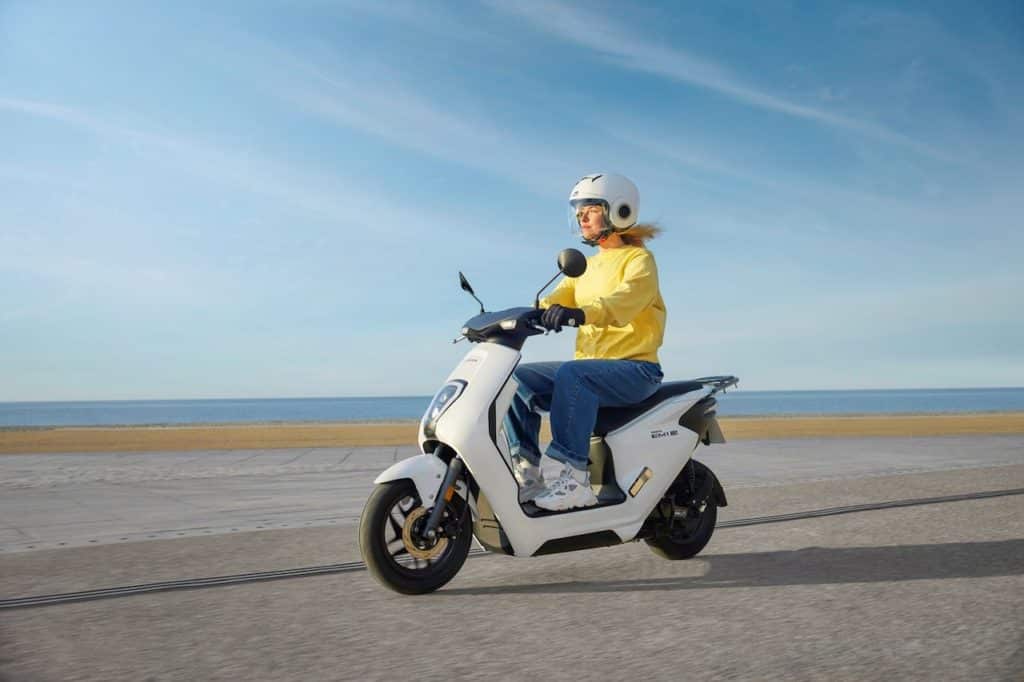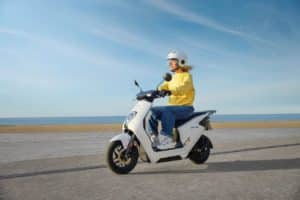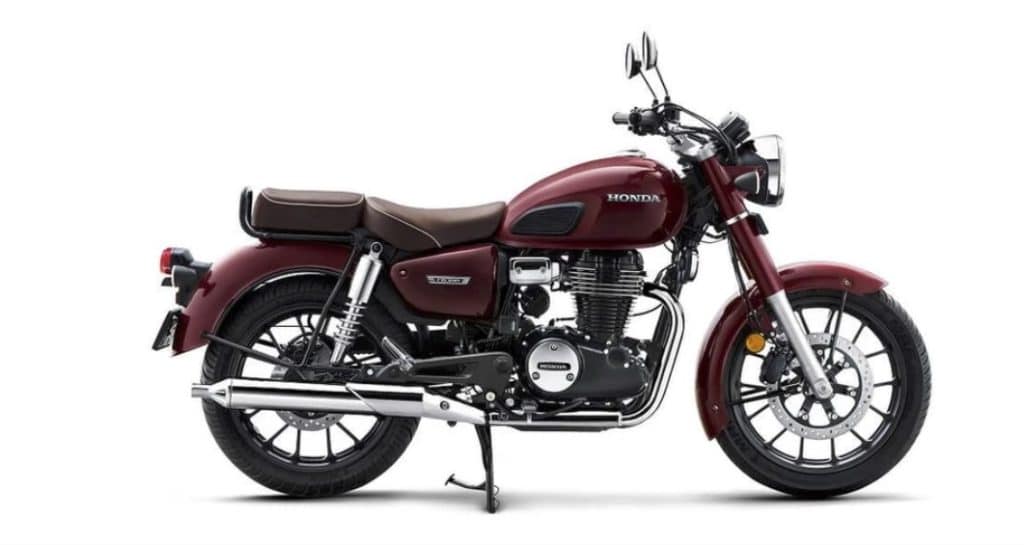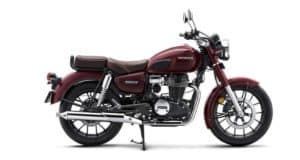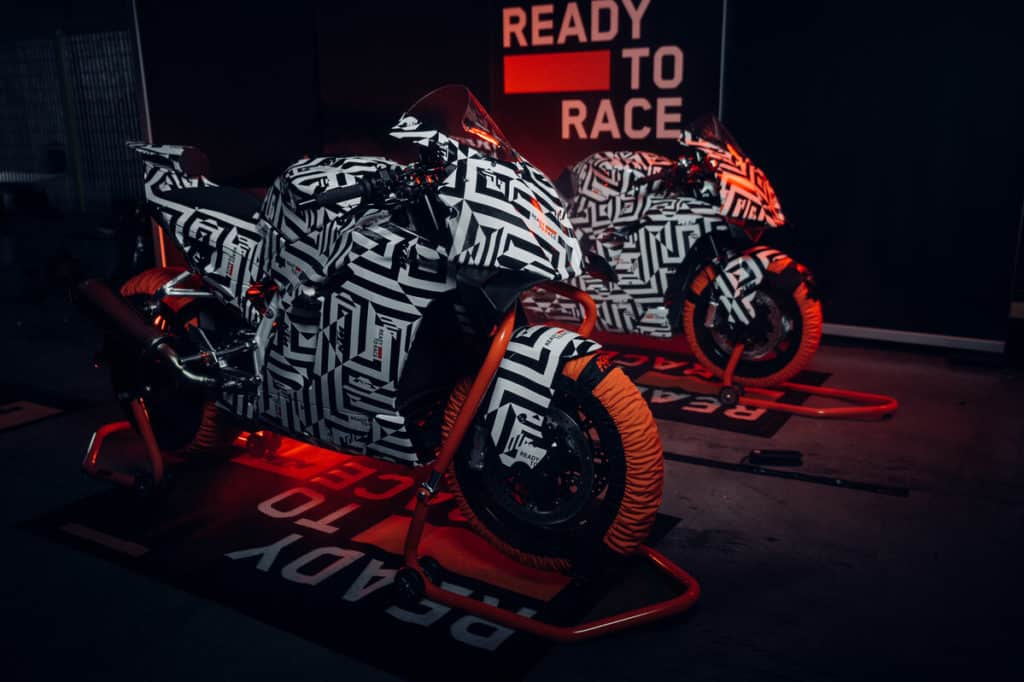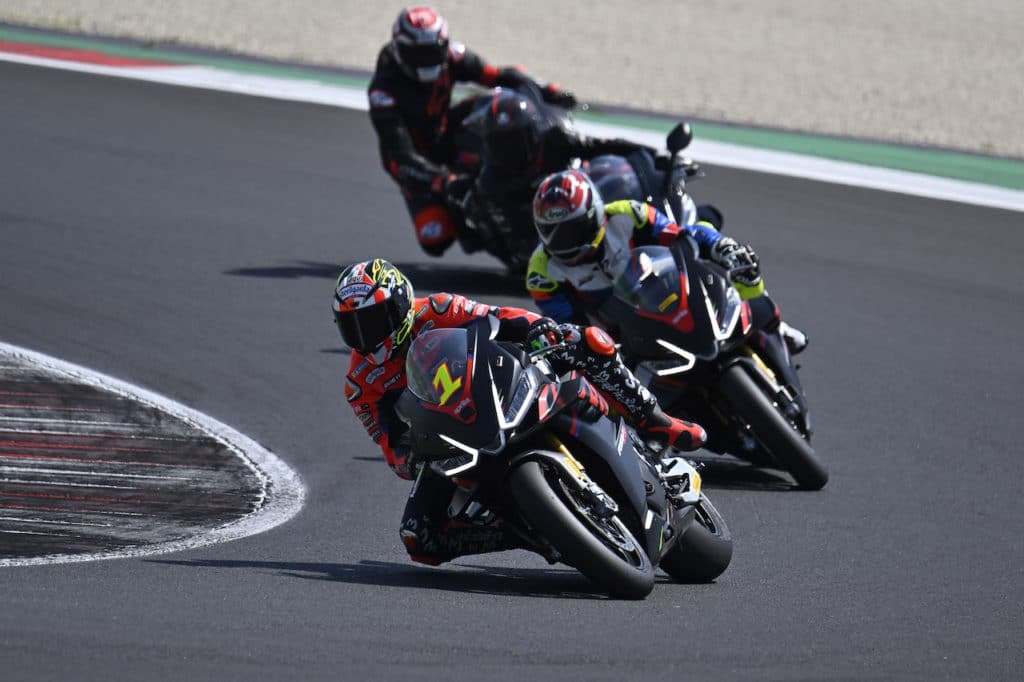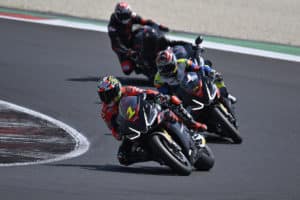Honda sharpens its claws, the new CBR1000RR-R Fireblade arrives [PHOTO]
The house of the Golden Wing aims high, a 217 HP "monster".
On the eve of the opening of the 2019 edition of EICMA, Honda presented a preview of the 2020 range characterized by various new features, but above all the arrival of the brand new one CBR1000RR-R Fireblade and SP , the final weapon with which the Golden Wing company will attempt to attack the SBK championship.
Technical characteristics Honda CBR1000RR-R Fireblade
A completely new motorcycle from every point of view.
Honda CBR1000RR-R Fireblade engine
La Honda CBR1000RR-R Fireblade it is equipped with the new four-cylinder in-line engine designed in collaboration with the engineering team HRC authors of the RC213V, is capable of delivering a maximum power of 217,5 HP (160 kW) at 14.500 rpm and a maximum torque of 113 Nm at 12.500 rpm. Everything has been studied down to the smallest details to always guarantee maximum performance. The RR-R engine has the same 'super-square' bore and stroke measurements of 81 x 48,5 mm as the RC213V-S, a radical change compared to the 76 x 55,1 mm of the previous Fireblade, as well as the largest bore size among 1.000 cc super sports cars with an inline 4-cylinder engine. The compression ratio is 13:1. The intake valves have a diameter of 32,5 mm and the exhaust valves 28,5 mm, and are now operated by finger rocker arms (instead of cup rockers), a factor which reduces the inertial weight by approximately 75%. Friction is further reduced thanks to the DLC (Diamond Like Carbon) coating on the cam lobes, just like on the RC213V‑S. The distribution system is also new, it has yet to be patented and consists of a chain-gear mix. To withstand the extreme values of valve lift and rotation speed, the chain is driven by the timing gear positioned on the crankshaft and turns the intermediate gear which gives movement to those driving the camshafts. This reduces the length of the chain. To intake the necessary volume of air, the diameter of the throttle bodies has been increased from 48 to 52 mm and are now oval in shape to ensure a linear flow towards the intake valves and further reduce the drop in intake pressure. Akrapovic collaborated in the development of the exhaust terminal. Made of titanium, with its small dimensions and low weight it contributes to the centralization of masses and to maximizing the lean angle in right-hand turns. The exhaust valve was also designed in collaboration with Akrapovic, to deliver torque at low rpm and power at high rpm; it is equipped with a valve stop (patent pending) which prevents exhaust gas leaks when it is closed.
Honda CBR1000RR-R Fireblade electronics
Command Throttle By Wire fine-tuned for faster response and better sensitivity. There are three predefined Riding Modes, and options to customize power, engine braking, wheelie control, based on inputs from the IMU inertial platform and wheel speed sensors, to manage the wheelie without sacrificing forward thrust, and traction control . Traction control HSTC extension at 9 levels it also monitors the slip variation for an even more profitable delivery. The system is also present Launch Control to 4 levels.
CBR1000RR-R Fireblade chassis
The frame is made of aluminum. Vertical and torsional stiffness increased by 18% and 9%, respectively, while horizontal stiffness was reduced by 11%. The wheelbase now measures 1.455 mm, with a steering head angle of 24° and a trail of 102 mm (compared to the previous 1.405 mm, 23° and 96 mm), measures aimed at increasing stability. The weight with a full tank is 201 kg. Significant changes have also been made to the balance and position of the center of gravity; the crankshaft sits 33mm further from the front wheel axle and is 16mm higher. The swingarm, obtained by welding 18 individual thin aluminum components, is the same as that used on the RC213V-S. It is 622,7 mm long (+30,5 mm) and weighs exactly the same as the previous model. Horizontal rigidity has been reduced by 15%, while vertical rigidity is unchanged as it is adequate to generate grip and sensitivity. At the front there is an upside down fork Showa BPF (Big Piston Fork) 43 mm with spring preload and hydraulic compression and rebound damping are fully adjustable. For the new RR-R the fork is longer than the previous model, to allow greater freedom in changing the geometry of the front end for those who use it for track use. The rear shock absorber is new Showa Balance Free Rear Cushion-Light (BFRC-L) fully adjustable. Like the previous BFRC, the BFRC-L also features a dual-chamber design, with the shock rod sliding in an internal cylinder. The damping piston is not valved, so the damping force is generated by the transfer of oil through a separate component. The braking system includes new Nissin four-piston radial calipers, which offer greater rigidity with reduced weight, and 330 mm discs (+10 mm compared to the previous model) and 5 mm thick (+0,5 mm). The weight of the Honda CBR1000RR-R Fireblade is around 201 kg in running order.
Honda CBR1000RR-R Fireblade aerodynamics
The aerodynamic fairing, fairing and mudguard minimize frontal area and air friction. The final result of this careful aerodynamic design is that the new CBR1000RR‑R, in track configuration, can boast the best drag coefficient in the category, equal to 0,270. The fairing fins, derived from the RC213V MotoGP, reduce wheelie during acceleration and improve stability during braking.
The SP version of the Honda CBR1000RR-R Fireblade
The SP version differs from the standard one due to the presence of Öhlins electronic suspension, Brembo Stylema brake calipers with pump from the same brand and the standard quickshifter.
if you want to always be updated on our news
Follow us here

